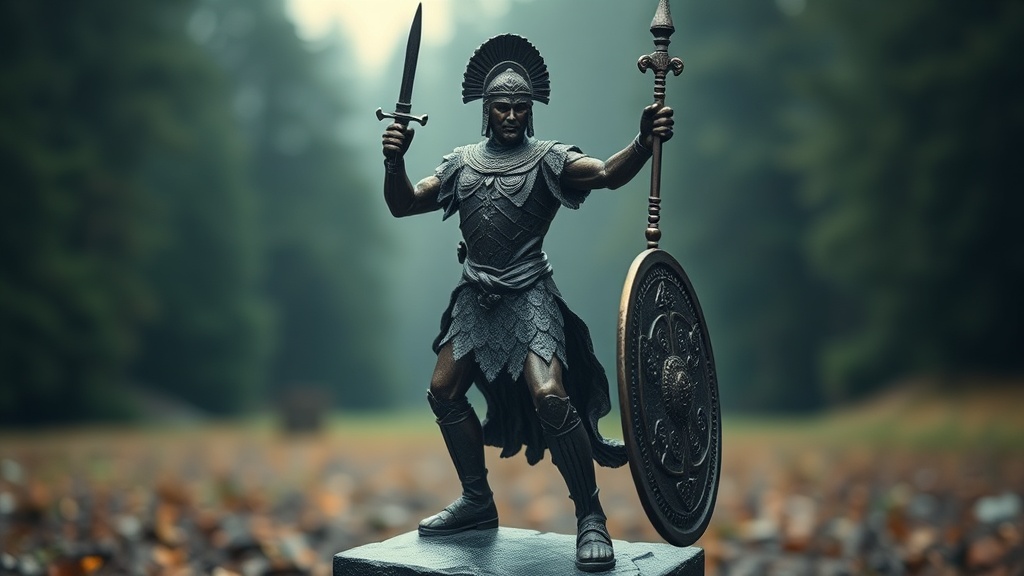
Archaeologists just uncovered a stunning Bronze Age warrior figurine in Bavaria, and it’s giving us a rare glimpse into the fierce, mysterious world of Iron Age Celtic culture. This tiny but mighty artifact—crafted with insane detail—shows a warrior decked out in full battle gear, complete with a shield, spear, and what looks like intricate armor. It’s not just a cool find; it’s a direct line to how these ancient people saw themselves, their gods, and their warriors.
The figurine, dug up near a known Celtic settlement site, is made of bronze and stands just a few inches tall. But don’t let its size fool you—this thing is packed with meaning. Experts say the craftsmanship suggests it wasn’t just some random trinket. It might’ve been a votive offering, a sacred object left for the gods, or even a symbol of power carried by a high-ranking warrior. The level of detail is wild, from the texture of the shield to the stance of the figure, which screams readiness for battle.
What makes this discovery even more exciting is how it fits into what we already know about the Celts. These weren’t just barbarians running around Europe—they had a complex society with skilled artisans, spiritual beliefs, and a warrior culture that shaped their identity. The figurine’s design matches up with other Celtic artifacts found across the region, but its condition is unusually pristine, which means it could’ve been buried intentionally, possibly as part of a ritual.
The dig site itself is in southern Bavaria, an area already rich with Celtic history. Previous finds in the region include weapons, jewelry, and even remnants of fortifications, but this figurine stands out because of its artistic quality. It’s like finding a masterpiece in a museum, except this one’s been buried for over two thousand years.
Researchers are now racing to analyze the figurine further, using everything from 3D scanning to metallurgical tests to figure out exactly how it was made and what it was used for. The hope? To piece together more about the daily lives, beliefs, and social structures of the Celts who once dominated this part of Europe.
For history buffs and casual fans alike, this is one of those discoveries that makes the past feel alive. It’s not just about the object itself—it’s about the stories it tells. Who held this figurine? Was it a warrior’s lucky charm, a priest’s sacred tool, or something else entirely? We might never know for sure, but every clue brings us closer to understanding the people behind the legends.
And let’s be real—there’s something undeniably cool about holding a piece of history that’s survived centuries. This little bronze warrior isn’t just metal; it’s a snapshot of a culture that shaped Europe long before modern borders existed. As more details emerge, one thing’s clear: the Celts were way more sophisticated than we often give them credit for. This figurine? It’s proof.

